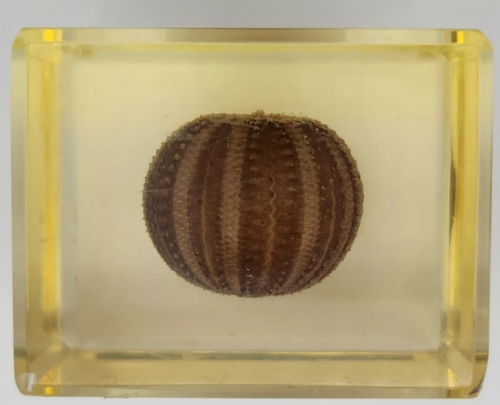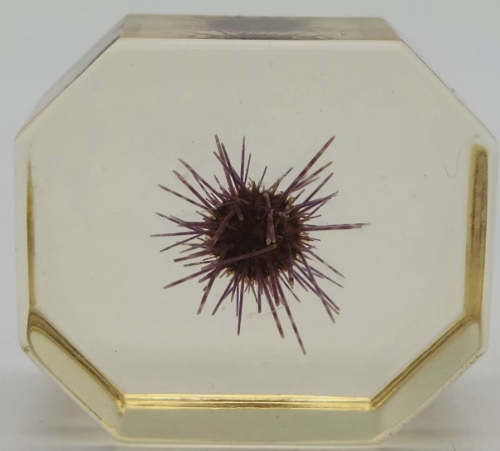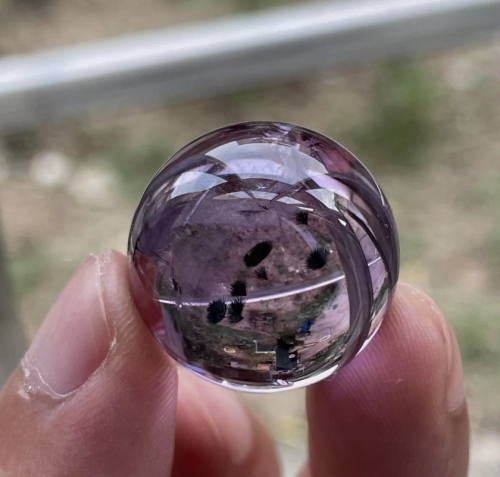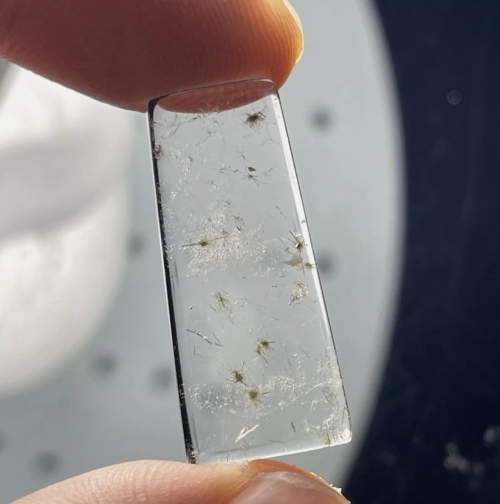There are over 950 species of sea urchins, varying in size, shape, and color, from the small black urchins found in rocky intertidal zones to the larger, more vibrant varieties that dwell in deeper waters. Their bodies are structured around a hard shell, known as a test, which houses their internal organs and provides protection. The spines, while often intimidating, serve multiple functions, including defense against predators and aiding in movement.
Ecologically, sea urchins play a critical role in controlling algal growth on reefs. By grazing on algae, they help maintain the balance of marine ecosystems and support the health of coral reefs. However, when their populations become imbalanced, such as in cases of overfishing of their natural predators, they can cause significant damage to these delicate environments, leading to algal blooms that suffocate coral.
In addition to their ecological importance, sea urchins are also valued in culinary traditions across various cultures. The delicate, flavorful roe, or uni, is considered a delicacy and is enjoyed in sushi and gourmet dishes worldwide. Furthermore, scientific research on sea urchins has provided insights into reproductive biology, developmental processes, and even potential biomedical applications.
















